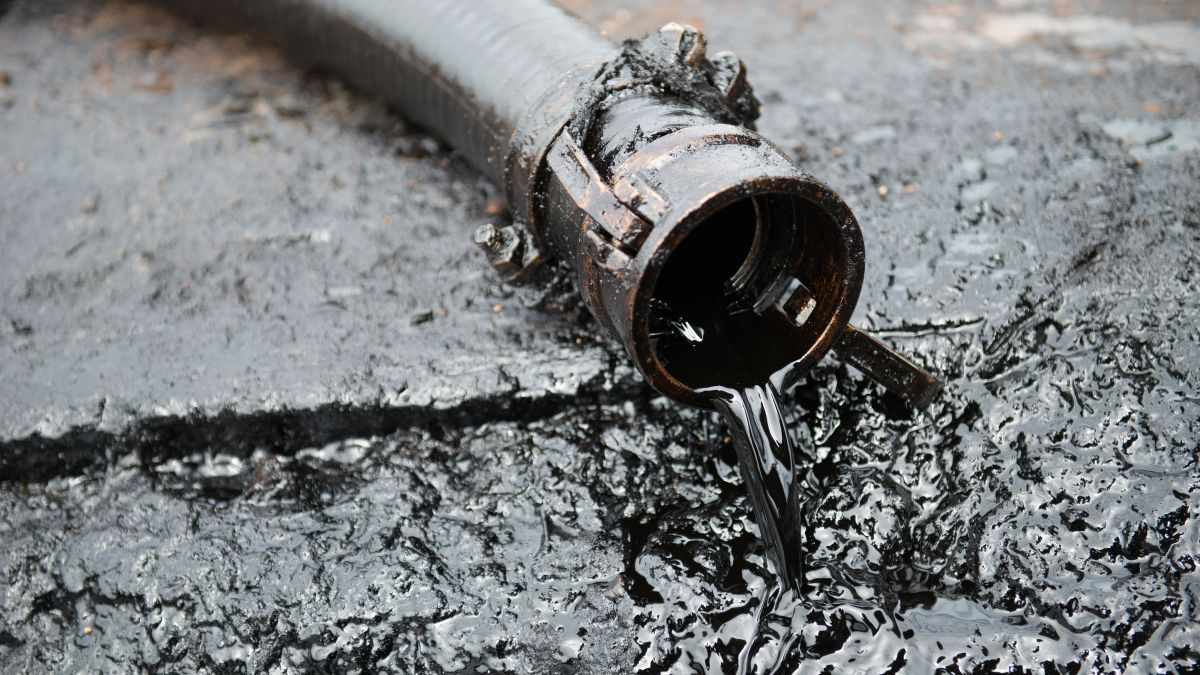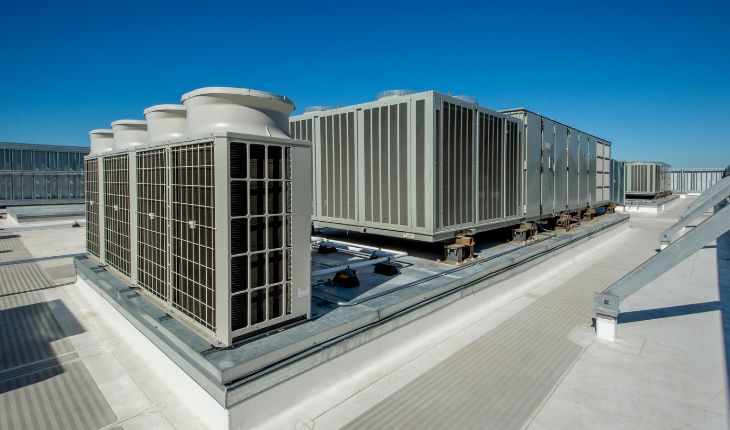
Behind every barrel of oil and cubic foot of natural gas lies a complex network of services, technologies, and expertise. The oilfield services market is the backbone of global energy production, enabling exploration, drilling, well completion, and ongoing operations. Without this industry, oil and gas companies could not meet the world’s growing energy needs.
As demand for energy continues, the oilfield services sector is evolving—embracing digital technologies, sustainable practices, and innovative solutions. This blog explores the key trends, challenges, and opportunities shaping the market, providing clarity for businesses, investors, and energy professionals.
What Is the Oilfield Services Market?
The oilfield services market refers to the companies and manufacturers that provide specialized equipment and expertise to support oil and gas exploration and production. These services make it possible for operators to extract hydrocarbons safely, efficiently, and profitably.
Key segments include:
Drilling services: rigs, drill bits, mud logging, and downhole tools.
Completion and production services: well stimulation, cementing, and hydraulic fracturing.
Reservoir evaluation services: seismic surveys, wireline logging, and well testing.
Equipment manufacturing: pumps, blowout preventers, pressure-control systems, and valves.
Together, these capabilities create a seamless value chain that supports oil companies across exploration and production stages.
Market Growth Drivers
Rising Global Energy Demand
Despite growth in renewable energy, oil and gas remain critical to industries such as transportation, manufacturing, and power generation. This steady demand ensures ongoing reliance on oilfield services.
Shale Gas and Unconventional Resources
The boom in shale gas and tight oil, particularly in North America, has fueled strong demand for hydraulic fracturing and horizontal drilling services.
Technological Advancements
Innovations like 3D seismic imaging, automated rigs, and enhanced drilling fluids are driving efficiency and lowering operational risks.
Focus on Operational Efficiency
Oil producers are outsourcing more to service providers to cut costs, improve productivity, and access specialized expertise.
Challenges Facing the Oilfield Services Market
Volatility of Oil Prices
The sector is highly sensitive to global oil price fluctuations. Price drops often lead to delays or cancellations of exploration projects, directly impacting service providers.
Environmental and Regulatory Pressures
Governments worldwide are enforcing stricter environmental policies. Oilfield services must adapt by offering cleaner, safer, and more sustainable technologies.
High Capital and Operational Costs
Designing, manufacturing, and maintaining oilfield equipment requires significant investment. Balancing innovation with affordability is a constant challenge.
Supply Chain and Geopolitical Risks
From raw material shortages to political instability in oil-producing regions, external factors can disrupt operations and impact profitability.
Innovations Reshaping the Market
Digital Oilfields and Automation
The integration of IoT sensors, AI-driven analytics, and remote monitoring is creating “smart” oilfields that boost efficiency and reduce downtime.
Green Oilfield Technologies
New solutions focus on lowering carbon emissions, minimizing flaring, and improving water usage—aligning oilfield services with global sustainability goals.
Advanced Equipment and Materials
Manufacturers are turning to lightweight alloys, corrosion-resistant materials, and 3D printing to create more durable and cost-effective equipment.
Offshore and Deepwater Exploration
As easy-to-reach reserves decline, oil companies are turning to offshore exploration. Service providers are innovating equipment designed for harsh, deepwater environments.
Regional Market Insights
North America: Leads due to shale gas production, hydraulic fracturing demand, and advanced technological adoption.
Middle East & Africa: Key oil-exporting countries continue to invest in exploration and production, driving service demand.
Asia-Pacific: Rising energy consumption in countries like China and India fuels oilfield services growth.
Europe: Balancing energy security with environmental regulations pushes innovation in oilfield technologies.
Future Outlook
The oilfield services market is set to grow as global energy needs persist. While renewable energy is expanding, oil and gas will remain a key part of the energy mix for decades. Companies that embrace digitalization, efficiency, and sustainability will gain a competitive advantage.
Collaboration will also be essential—oilfield service providers, equipment manufacturers, and energy producers must work together to balance profitability with environmental responsibility.
Frequently Asked Questions (FAQ)
What does the oilfield services market include?
It includes drilling, completion, reservoir evaluation, and manufacturing of specialized oilfield equipment to support exploration and production.
What drives the growth of the oilfield services industry?
Growth is driven by global energy demand, shale gas production, new drilling technologies, and the need for operational efficiency.
How do oil prices impact the oilfield services market?
Low oil prices reduce exploration investments, decreasing demand for services, while high prices stimulate new projects and service requirements.













.jpg)
Write a comment ...